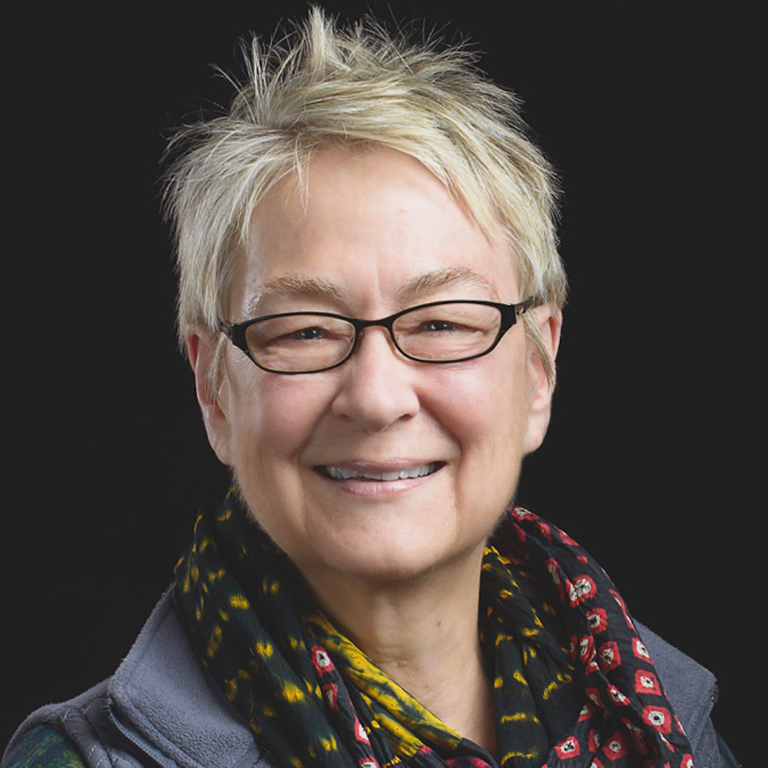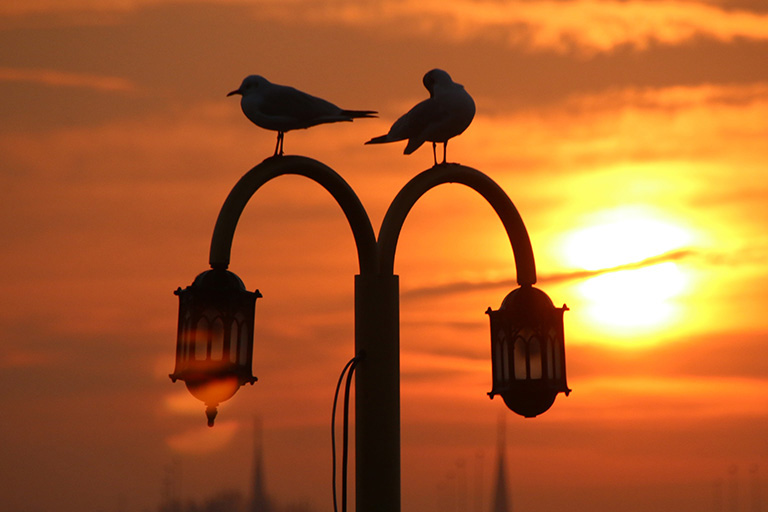Where humans live, night-time darkness tends to die, overtaken by the proliferation of artificial light. This disruption to Earth’s daily light cycle comes at a cost to local and migrating wildlife.
A recent study by Indiana University researchers found that long-term exposure to artificial light at night caused dormant malaria infections in birds to intensify, especially during periods when birds experienced physiological changes in advance of migration and reproduction. Since birds can serve as reservoirs for human diseases such as West Nile and Lyme disease, the effects of artificial light on birds could increase the risks of parasite transmission to other species, including humans.
“For the vast majority of organisms, the cycle of light and dark is an important regulator of behavior,” said IU Distinguished Professor of Biology Ellen Ketterson, a co-author of the study. “Disrupting that cycle is probably not a good thing to do, but that’s exactly what humans are doing by using artificial light.
“As we’ve seen with COVID-19, the health of wildlife can have consequences for human health. If these infections are flaring up in birds that spend time in urban habitats, people may need to think about what can be done to lower the risk of parasite transmission.”



 The College of Arts
The College of Arts